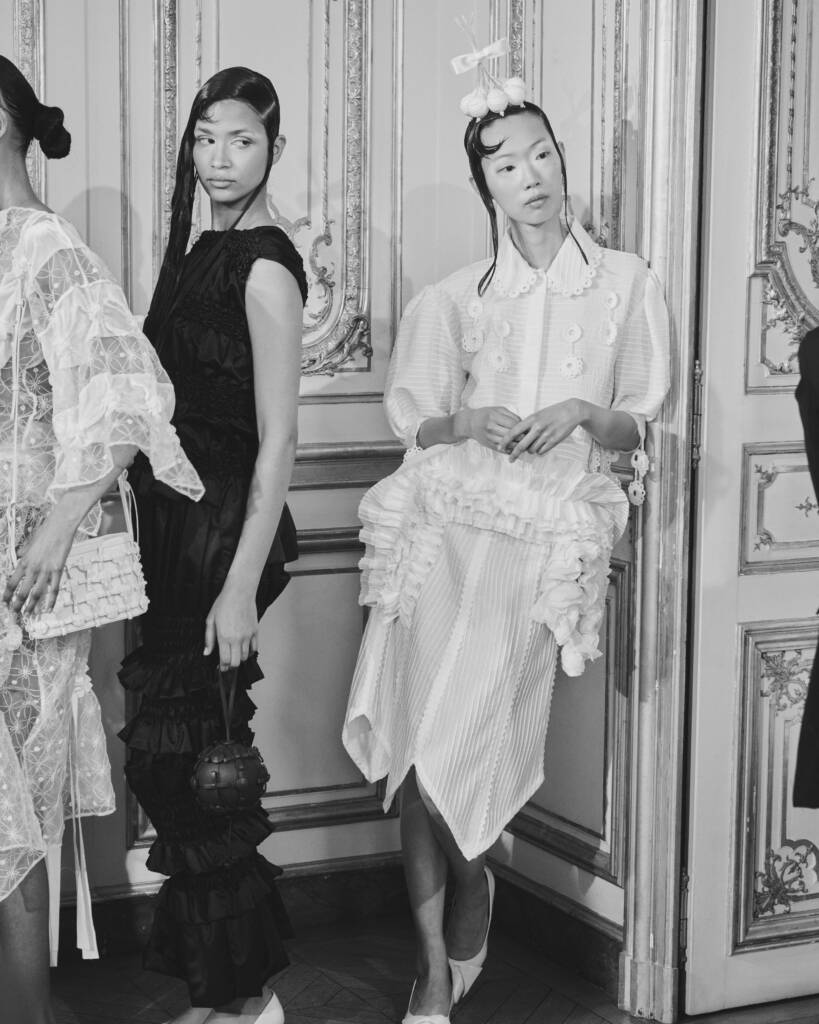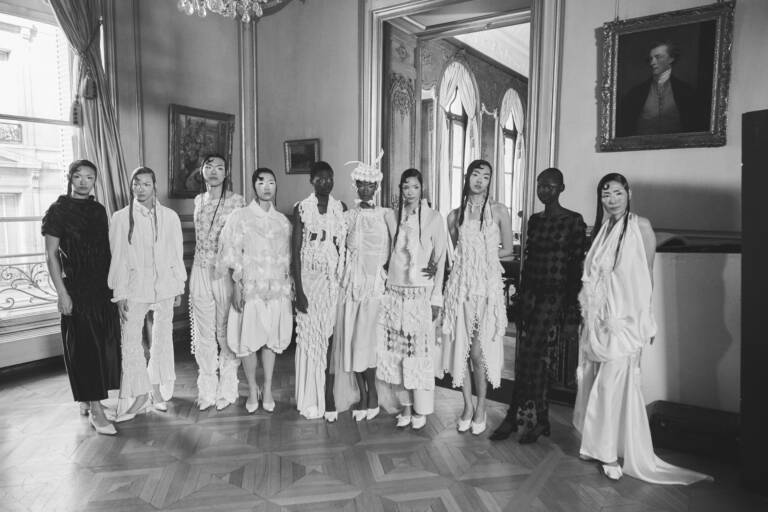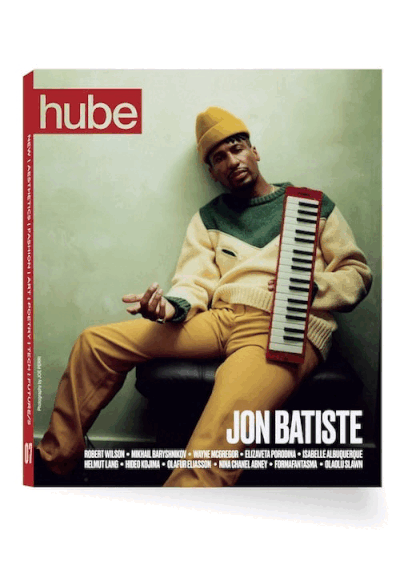Irish designer, Róisín Pierce, is taking the fashion industry forward by looking back. In her recent collection, Nothing Pure Can Stay, which debuted at Paris Fashion Week, she explores death and impermanence in beauty, referencing Irish folklore and tradition, poetry and prose, while also channeling her own individual need to push the bounds forward, particularly in regard to the way we tell women’s stories. Like all her collections before, Nothing Pure Can Stay was made primarily in white as an ode to the craft of Irish women before her, and an invitation to the beholder to view a blank page, ready for a new story to be written. In this new chapter, Pierce introduces color to her design universe with looks in navy, black, and denim showcasing her extensive range. In her steadfast commitment to the process of creation, Pierce presents a collection made of methodical and meticulous craft, pulling together elements of embroidery and storytelling, honouring each textile (her area of interest at the National College of Art and Design in Dublin), engaging the viewer to reflect not only on the product, but the importance of the process behind it.
hube: Your latest collection, Nothing Pure Can Stay, explores themes of transience and gratitude in the presence of grief. Have these ideas appeared in your work before and why did this feel like the right moment to dedicate an entire collection to them?
Róisín Pierce: I wanted to bring a brand message of hope to appreciate the present and not dwell in the past. Losing something or someone is a sorrowful event that can make people stagnant in their lives as they try to recapture and relive what’s lost, but there is beauty, even relief, in the gratitude of loss for all that was shared together.
h: Your work often draws from literature, referencing writers like Vladimir Nabokov and Marcel Proust. Has literature always been central to how you imagine and shape your work?
RP: Their words resonate with me. The particular selection I chose for this collection tells a narrative I wanted to convey. Take Nabokov’s quote: “Beauty plus pity is a true definition of art, where there is beauty there is pity as beauty always dies, the manner dies with the matter and world dies with the individual”. The tension he writes of between beauty and its inevitable disappearance is at the heart of my collections: the snowflake, the spring bud, the forget-me-not are all preserved in rare silk scalloped designs. I’m constantly trying to preserve the fleeting, to give permanence to moments that would otherwise slip away, and Nabokov articulated this paradox with such precision that his words became almost like a philosophical foundation for my design approach. I find words and language inspiring, and they hold an important part in my world-building process.
I sometimes write poetry, and it can be so gut-wrenching, I have to delete it so I do not read how I was feeling at that present moment. Sylvia Plath is someone whose writing has inspired me since my teenage years, and this was the second collection where her words were part of the narrative building, while our fifth collection, ‘O lovely one’, featured a poem written collaboratively between me and a poet.


